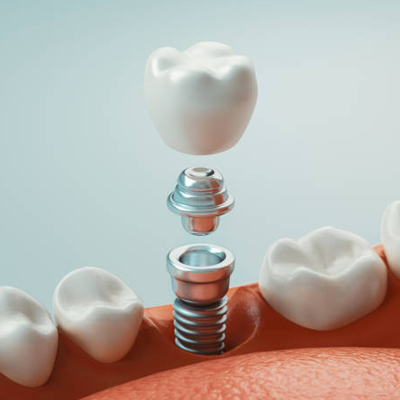
To prevent tooth decay, a thin plastic coating known as a dental sealant is put on the chewing surfaces of teeth, usually the premolars and molars. Each tooth’s enamel is protected by a layer of sealant that adheres quickly to the tooth’s depressions and grooves.
It is possible to remove food particles and plaque from the surfaces of teeth by brushing and flossing thoroughly. However, this does not always cover the back teeth.
Who Should Have Sealants Installed?
Children and teenagers are candidates for sealants because of the increased chance of decay forming in the depressions and grooves of the premolars and molars. Adults with no decay or fillings in their molars, on the other hand, can benefit from sealants.
Typically, children’s permanent molars and premolars should receive sealants as soon as they erupt. Sealants can preserve teeth during the cavity-prone years of ages 6 to 14.
Dental sealants may also be recommended for children under some circumstances, such as when a child’s deciduous teeth have deep depressions and grooves. Because baby teeth are critical for maintaining proper spacing for permanent teeth, keeping young teeth healthy to avoid premature tooth loss.
How Are Sealants Appropriately Used?
Sealant application is a simple and important procedure. Your dentist or hygienist will apply the sealant to each tooth in a matter of minutes. The steps for applying sealants are as follows:
- To begin, the teeth that will be sealed must be carefully cleansed.
- Each tooth is then dried and wrapped in cotton or another absorbent material to keep it moistureless.
- The tooth surfaces are roughened using an acid solution, which aids the sealant in adhering to the teeth.
- Following that, the teeth are cleaned and dried.
- Sealant is then painted directly onto the tooth enamel, where it adheres and hardens. Occasionally, a special curing light is utilized to aid in the hardening of the sealant.
How Long Are Sealants Effective?
Sealants can protect teeth against decay for up to ten years. Still, they must be monitored for chipping or wear during routine dental examinations. Sealants can be replaced as needed by your dental surgeon.
The Benefits of Dental Sealants:
- They aid in the fight against tooth decay.
- The process is painless and quick.
- They promote good dental hygiene.
- They are significantly less expensive than dental fillings.
- They are completely safe to use.
The Drawbacks of Dental Sealants
- They are not durable — you must replace them after five years or less.
- They are not used on teeth that have dental fillings or are decaying.
We hope this blog has provided you with the required information regarding dental sealants. Get in touch with Custer Creek Dental Care if you are looking for the best dental sealant in Custer Rd Suite 600, McKinney, TX 75070.








